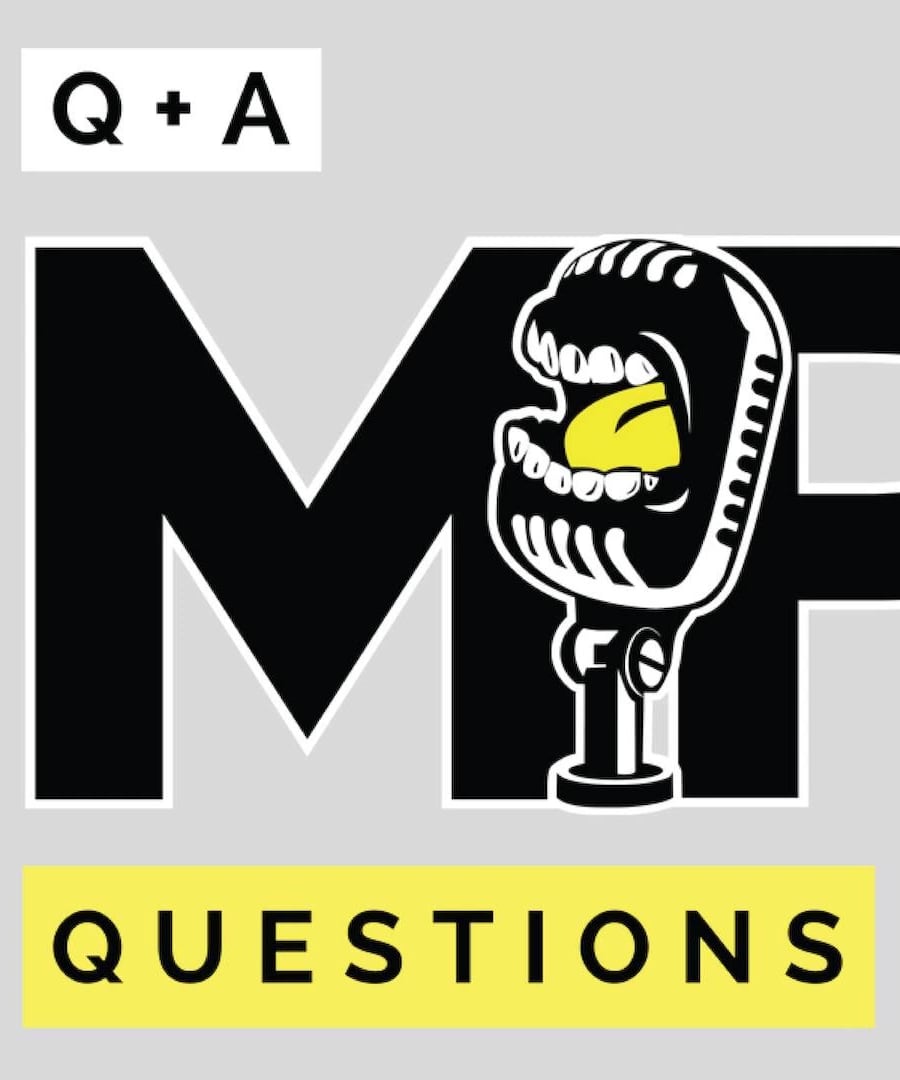Recap the Huberman/expert advice given to women in their 60s as regards diet and optimal exercise (especially regarding protein intake)
Sources:
For women in their 60s, experts like and his guests highlight the critical importance of diet and exercise, especially concerning protein intake.
Diet and Protein Intake
-
Protein Requirements:
-
Protein Sources and Timing:
Exercise
-
Types of Exercise:
- Resistance Training: Crucial for maintaining muscle mass and strength. Both resistance training and dietary protein work together to stimulate muscle growth via pathways like mTOR 6 7.
- Sprint Interval Training: Recommended to enhance cardiovascular health and metabolism 8.
- Jump Training: Helps combat bone density loss, promoting overall skeletal strength 8.
-
Consistency and Balance:
- It's essential to consistently engage in physical activity and maintain a balanced diet. Simply increasing protein without exercise can lead to negative effects due to excessive stimulation of mTOR, potentially increasing cancer risk 7.
In summary, maintaining higher protein intake and diverse, consistent exercise routines are key strategies for women in their 60s to promote overall health and longevity.
RELATED QUESTIONS-
What are the best protein sources for women over 60?
Sources:
For women over 60, experts recommend incorporating a variety of high-quality protein sources into their diet to support muscle maintenance and overall health. Here are some top suggestions:
-
Whey Protein Isolate:
- Easily digestible and effective in promoting muscle protein synthesis.
- Often recommended along with supplements like creatine, omega-3, calcium, and vitamin D for overall health benefits 1.
-
Collagen:
- Particularly beneficial for skin, hair, nails, and joint health.
- Should be paired with vitamin C to enhance absorption 1.
-
Plant-Based Proteins:
- Sources like tofu, tempeh, lentils, beans, nuts, seeds (like chia and flaxseeds), and quinoa are excellent.
- These provide additional phytonutrients and antioxidants that are beneficial for reducing inflammation, a common issue during menopause 2.
-
Seafood and Eggs:
- Cold-water fatty fish provide omega-3 fatty acids, which are beneficial for heart and brain health.
- Eggs are a versatile and nutrient-dense protein source 3.
-
Animal Proteins:
- Including moderate amounts of lean meats can be part of a balanced diet.
- It’s important to focus more on fish and poultry rather than red meat to avoid the potential negative impacts of saturated fats and other compounds found in processed meats 4.
Experts also emphasize the need for protein in each meal to ensure a balanced intake and maximum muscle protein synthesis. Aim for one meal with at least 50 grams of protein 5. This structured approach can help women over 60 maintain muscle mass and overall health efficiently.
RELATED QUESTIONS-
How often should women over 60 exercise?
Sources:
Experts generally recommend that women over 60 should exercise consistently while focusing on various types of activities to maintain overall health. Here are some key recommendations based on insights from trusted experts:
-
Resistance Training:
-
Cardio Exercise:
- Frequency: Moderate-intensity cardio exercises should be performed three to five times a week.
- Benefits: Enhances cardiovascular health, helps manage weight, and supports mental well-being. Activities can range from brisk walking to more structured cardio workouts based on personal preference and fitness levels 1 2 3 4.
-
Flexibility and Balance:
- Including stretching and balance exercises in your routine is also crucial for maintaining functional mobility and preventing falls. Yoga and Pilates are good options to incorporate these elements 5.
-
General Guidelines:
Maintaining a balanced exercise regimen combining these elements is vital for women over 60 to stay healthy, strong, and active. If you're just starting out or have specific health concerns, it's advisable to consult with a healthcare provider or a fitness professional tailored to your needs.
RELATED QUESTIONS-
What are good resistance exercises for women over 60?
Sources:
For women over 60, incorporating resistance exercises into their fitness routine can be highly beneficial for maintaining muscle mass, improving bone density, and enhancing overall health. Here are some expert-recommended exercises:
-
Bodyweight Exercises:
- Bodyweight Squats: Help strengthen the lower body without the need for equipment.
- Push-Ups: Can be modified to be performed on knees or against a wall to build upper body strength 1.
-
Resistance Bands:
-
Free Weights:
-
Machine Exercises:
- Leg Press: A safe way to load the legs heavily, even for beginners.
- Seated Row Machine: Helps to strengthen the back muscles.
-
Functional Movements:
-
Balance and Core Training:
- Standing on One Leg: Can be enhanced by using Bosu balls or balance discs.
- Planks: Excellent for core strength and stability 1.
Experts note that starting with simple movements and gradually progressing to more complex exercises can help ensure safety and effectiveness. Additionally, seeking guidance from a fitness trainer can provide personalized instruction and help build a well-rounded exercise routine 5 6 7.
RELATED QUESTIONS-
Can you design a resistance & strength program based on the above for my mother who is 64, has high blood pressure, does yoga every day, and will go to the gym 3x per week?
Sources:
Based on expert advice and your mother's background, here's a safe and effective resistance and strength training program designed for her. This program integrates considerations for high blood pressure and builds on her daily yoga practices.
Program Overview
Frequency: 3 times per week
Duration: 30-45 minutes per session (including warm-up and cool-down)
Equipment: Dumbbells, Resistance Bands, Body WeightWeekly Schedule
Day 1: Full Body Focus
Day 2: Upper Body + Core
Day 3: Lower Body + BalanceWarm-Up (for all days)
- 5-10 minutes of low-intensity cardio (e.g., walking or stationary bike)
- Dynamic stretches (e.g., arm circles, leg swings)
Day 1: Full Body Focus
- Bodyweight Squats - 2 sets of 12 reps
- Incline Push-Ups - 2 sets of 12 reps (modification: on a bench or against a wall)
- Resistance Band Rows - 2 sets of 12 reps
- Seated Dumbbell Shoulder Press - 2 sets of 12 reps
- Resistance Band Pull-Aparts - 2 sets of 12 reps
Day 2: Upper Body + Core
- Seated Dumbbell Bicep Curls - 2 sets of 12 reps
- Seated Dumbbell Tricep Extensions - 2 sets of 12 reps
- Resistance Band Chest Press (seated) - 2 sets of 12 reps
- Plank (on knees if needed) - Hold for 20-30 seconds, 2 sets
- Bird Dog - 2 sets of 12 reps (each side)
Day 3: Lower Body + Balance
- Dumbbell Deadlifts - 2 sets of 12 reps
- Step-Ups (using a bench or step) - 2 sets of 12 reps per leg
- Leg Press (machine) - 2 sets of 12 reps
- Standing Calf Raises - 2 sets of 12 reps
- Single-leg Balance - Hold for 20-30 seconds, 2 sets on each leg
Cool-Down (for all days)
- 5-10 minutes of light walking or stationary bike
- Static stretching focusing on all major muscle groups
Key Considerations
- Hydration: Stay well-hydrated, given her high blood pressure.
- Breathing: Emphasize controlled breathing throughout workouts, avoiding breath-holding.
- Progression: Start with lighter weights and gradually increase as strength and comfort grow.
- Safety: Monitor blood pressure and consult a healthcare provider before starting the program.
Supplementary Yoga Practices
- Continue daily yoga focusing on flexibility, relaxation, and mindfulness to complement strength training. Yoga poses can help in reducing overall stress and managing blood pressure.
Expert Recommendations
- Strength Training: Integrating resistance training is crucial for maintaining muscle mass and enhancing overall health in older adults 1 2.
- Balance and Core Work: Important for improving stability and preventing falls 3 4.
- Blood Pressure Management: Regular check-ups and managing glycemic loads can help in controlling hypertension 5.
By following this well-rounded program, your mother can effectively build strength, improve her health, and support her existing yoga practice.
RELATED QUESTIONS


















